A fire protection system is a critical component of building safety designed to detect, control, and suppress fires in order to minimize damage to property and most importantly save lives. Fire protection systems normally composed of equipment, devices and strategies aimed to the prevention, detection, notification, suppression, and evacuation.
Here are some key components and types of fire protection systems commonly used:
These systems are designed to detect the presence of fire or smoke. Fire detection systems include
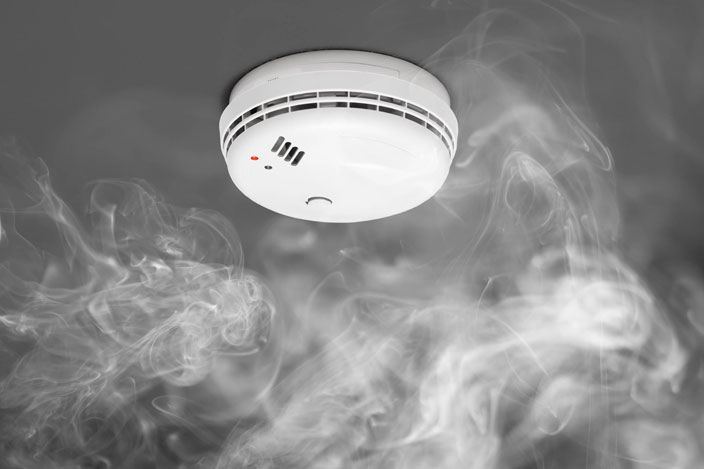
These devices sense the presence of smoke particles in the air, triggering an alarm.
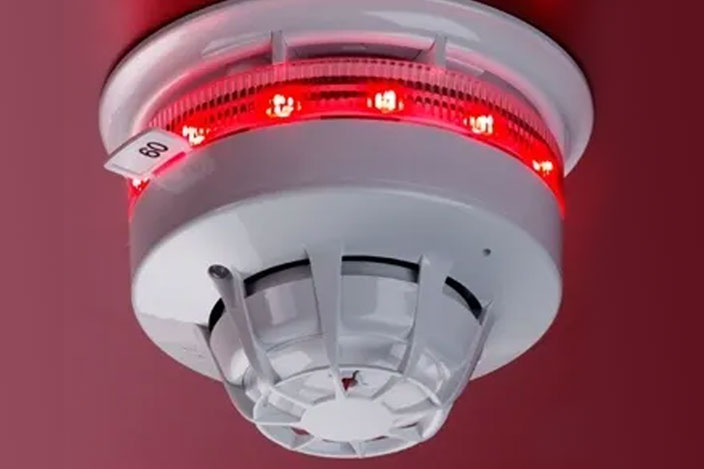
It will activate when it senses a certain temperature threshold, indicating a fire.
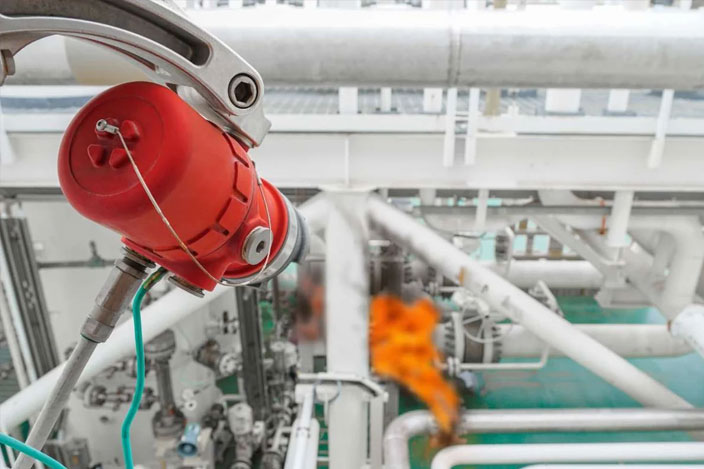
It will detect the presence of flames, often using infrared or ultraviolet sensors.
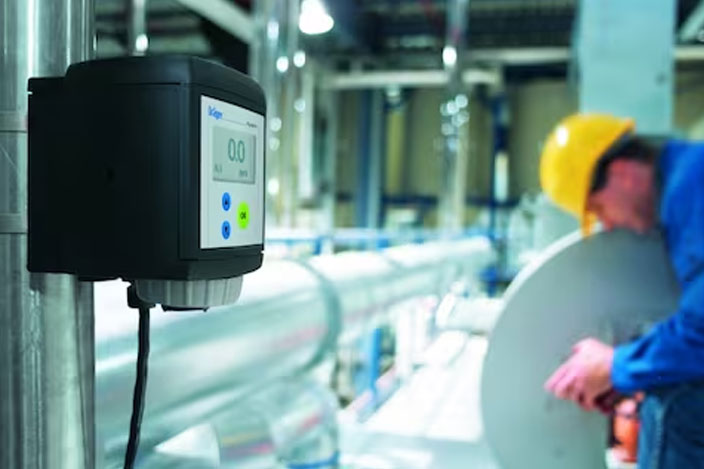
It will detect the presence of specific gases released during fire, such as carbon monoxide or methane.
A fire alarm system is a critical component for building safety, designed to detect and warn occupants in case of danger, smoke, fire etc. Below are the key components typically found in a fire alarm system.

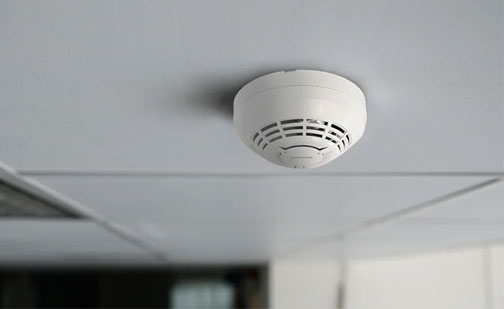
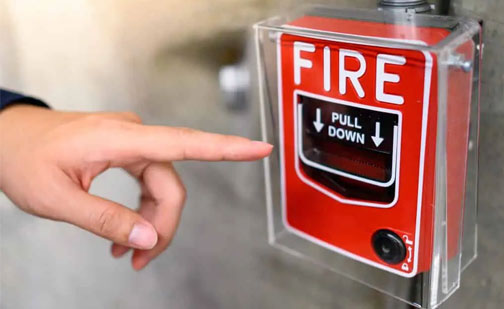
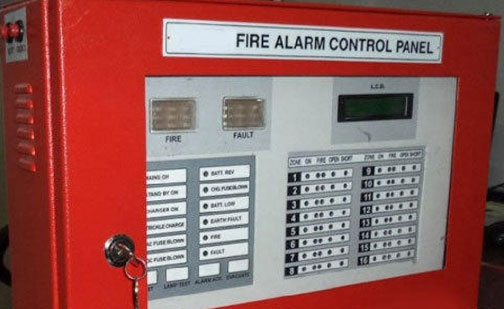
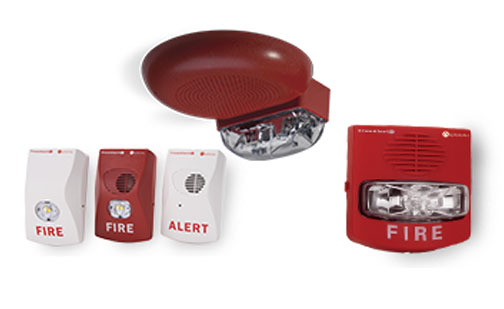

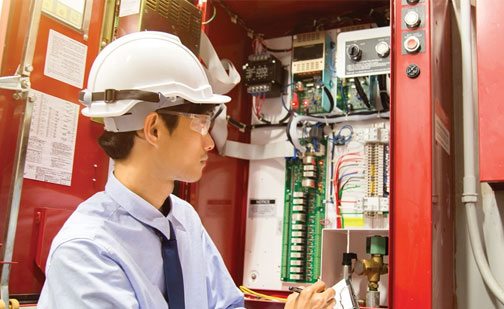
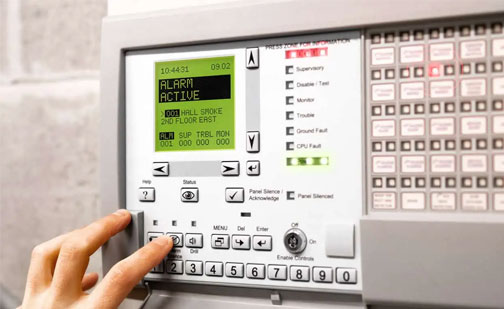
Fire suppression systems are essential for safeguarding property, infrastructure, and lives in the event of a fire.
Here are some characteristics of suppression systems
Fire suppression systems typically incorporate a mechanism to detect the presence of fire or smoke. This may include:
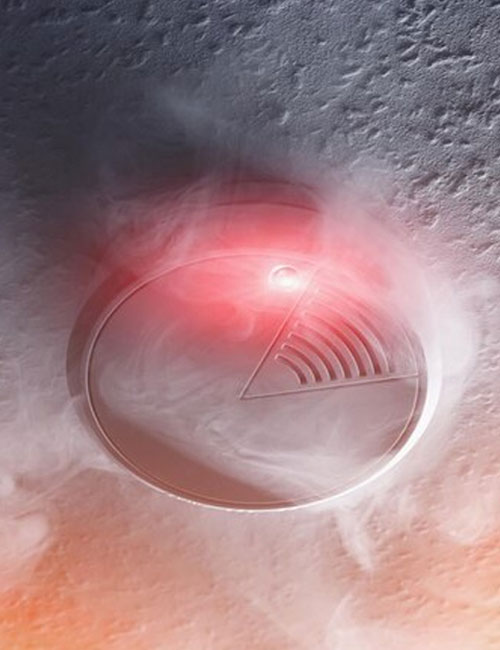
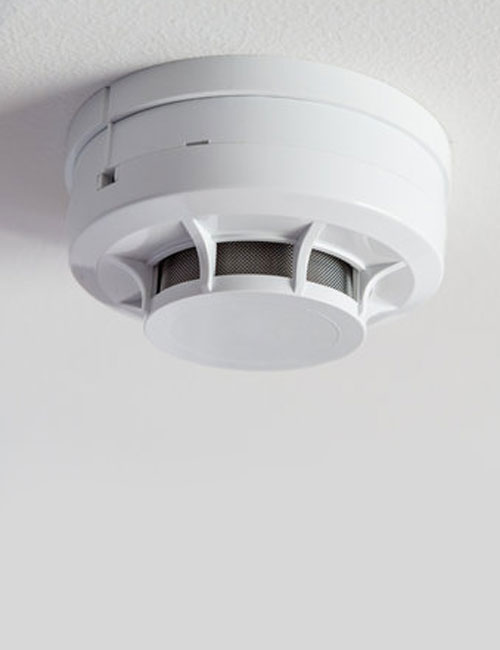
Upon detecting a fire or smoke, the suppression system is activated. Activation methods include:
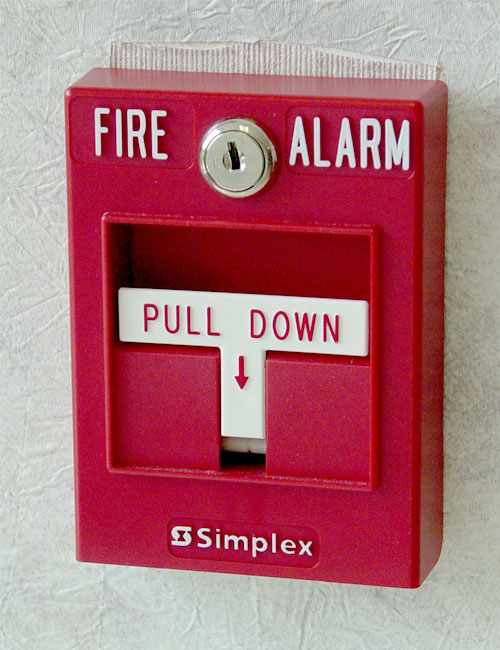
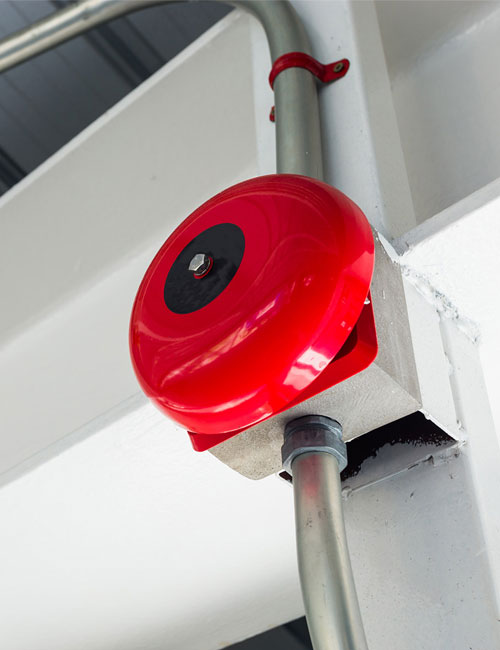
Upon detecting Fire suppression systems use various agents to extinguish or control fire. These agents can be:
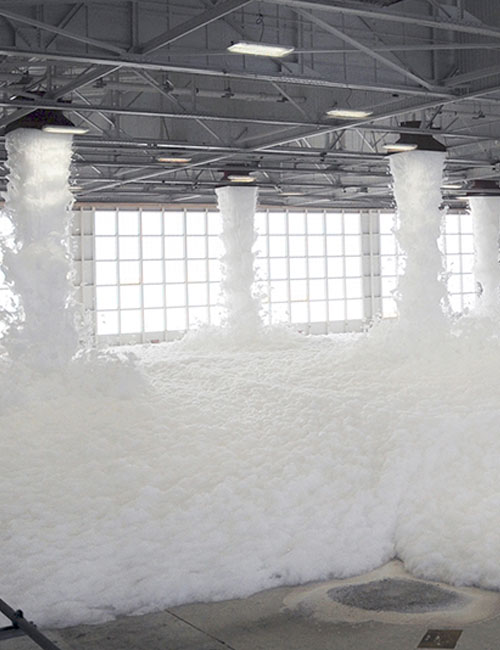
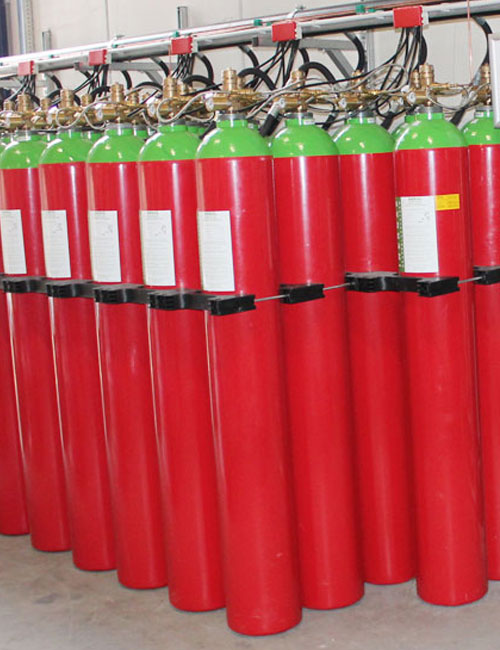
The delivery system refers to how the suppression agent is distributed within the protected area. This could include:
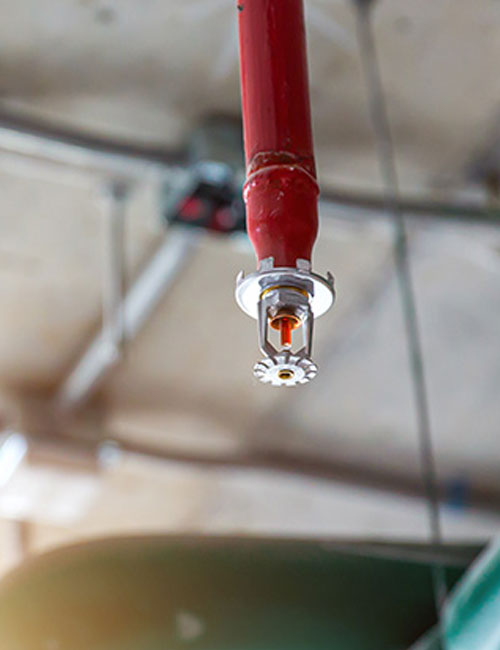

The effectiveness of a fire suppression system depends on a combination of these characteristics tailored to the specific needs and risks of the environment it is intended to protect.
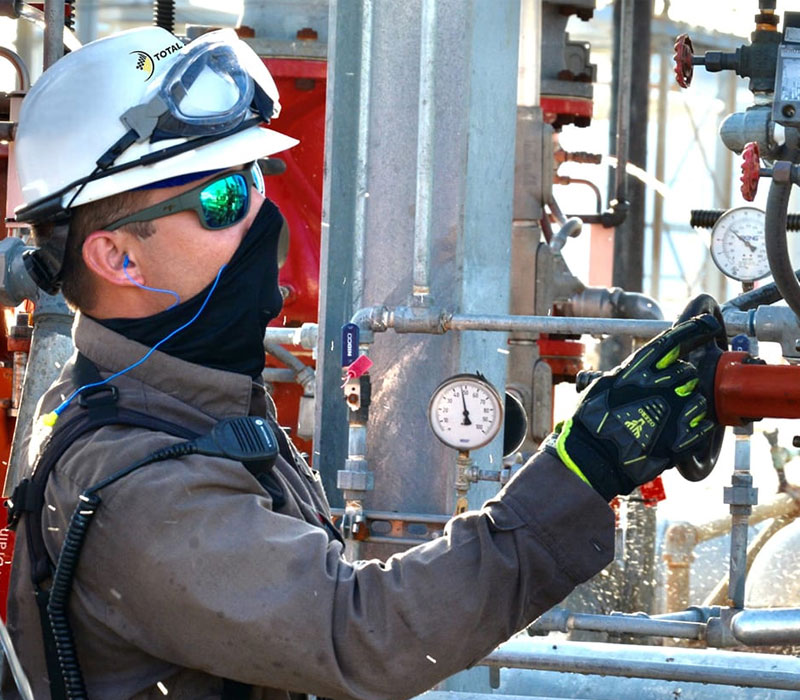
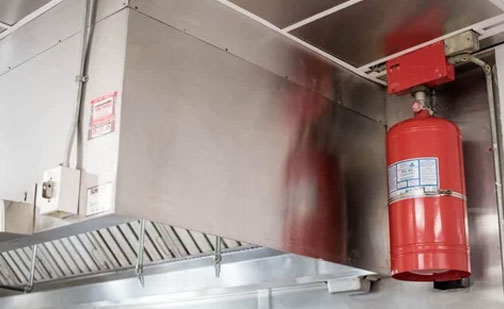
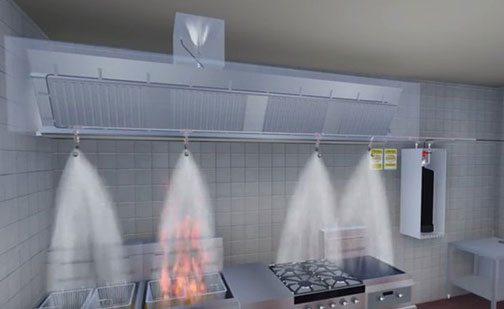
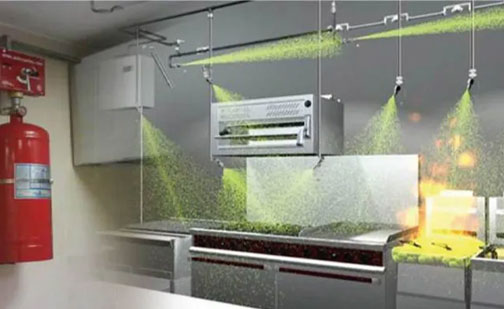
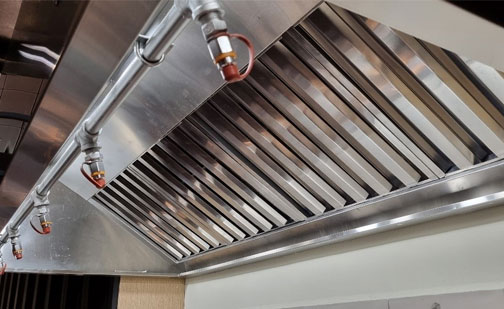
A kitchen hood fire suppression system is a specialized fire suppression system designed to protect commercial kitchen environments from fire that may occur during cooking operations.
These systems are commonly found in restaurants, cafeterias, and other food service establishments where cooking appliances are used extensively.
Key components of a kitchen hood fire suppression system typically include:
These Portable fire extinguishers are located throughout buildings for immediate use in containing small fires. They come in different types of design
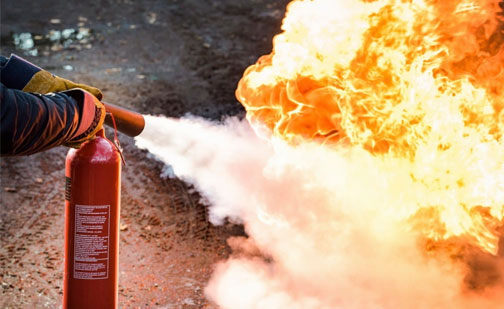
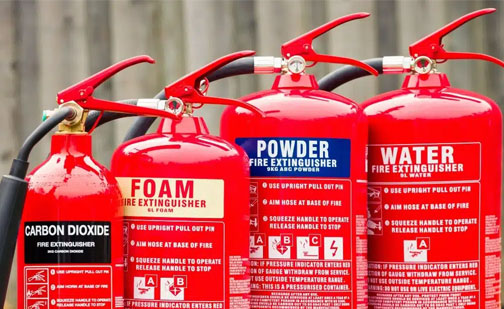
Regular preventive Maintenance or Corrective Maintenance is crucial to ensure the reliability and effectiveness of fire protection systems.
Characteristics related to maintenance include ease of inspection, testing procedures, and availability of spare parts.